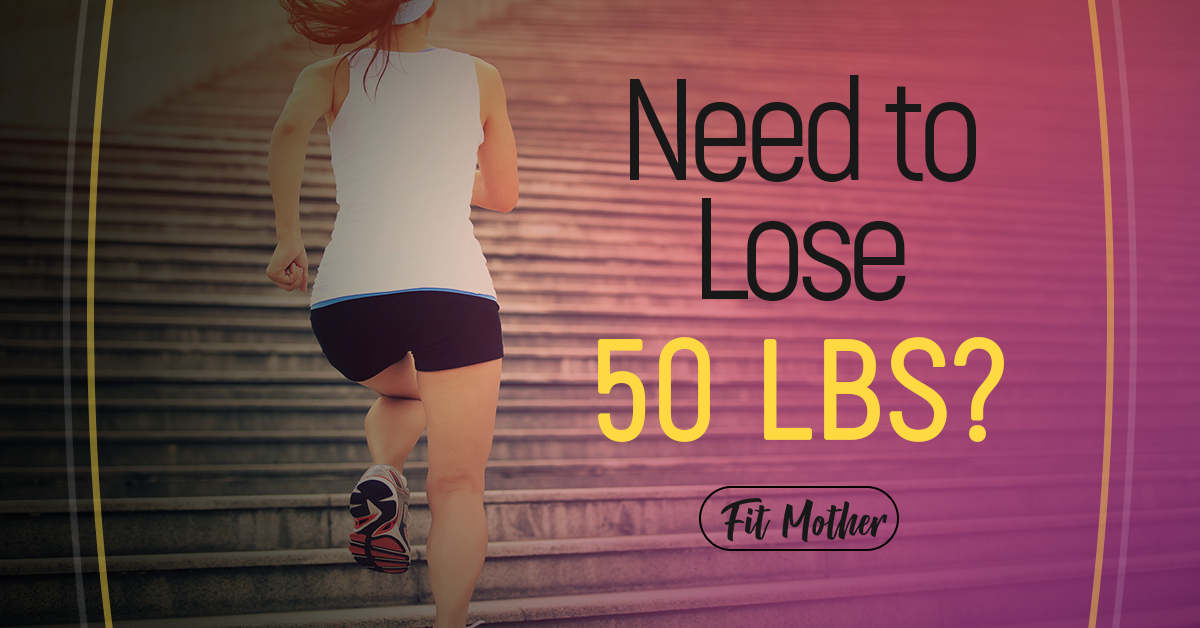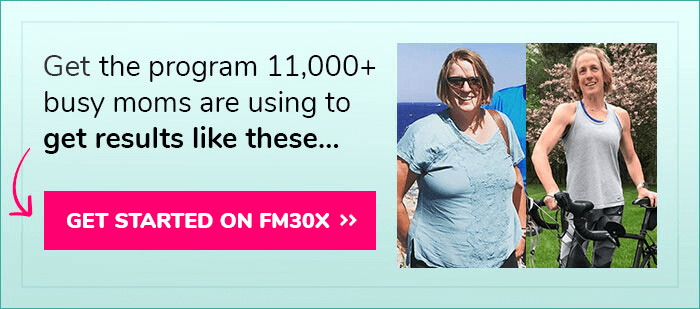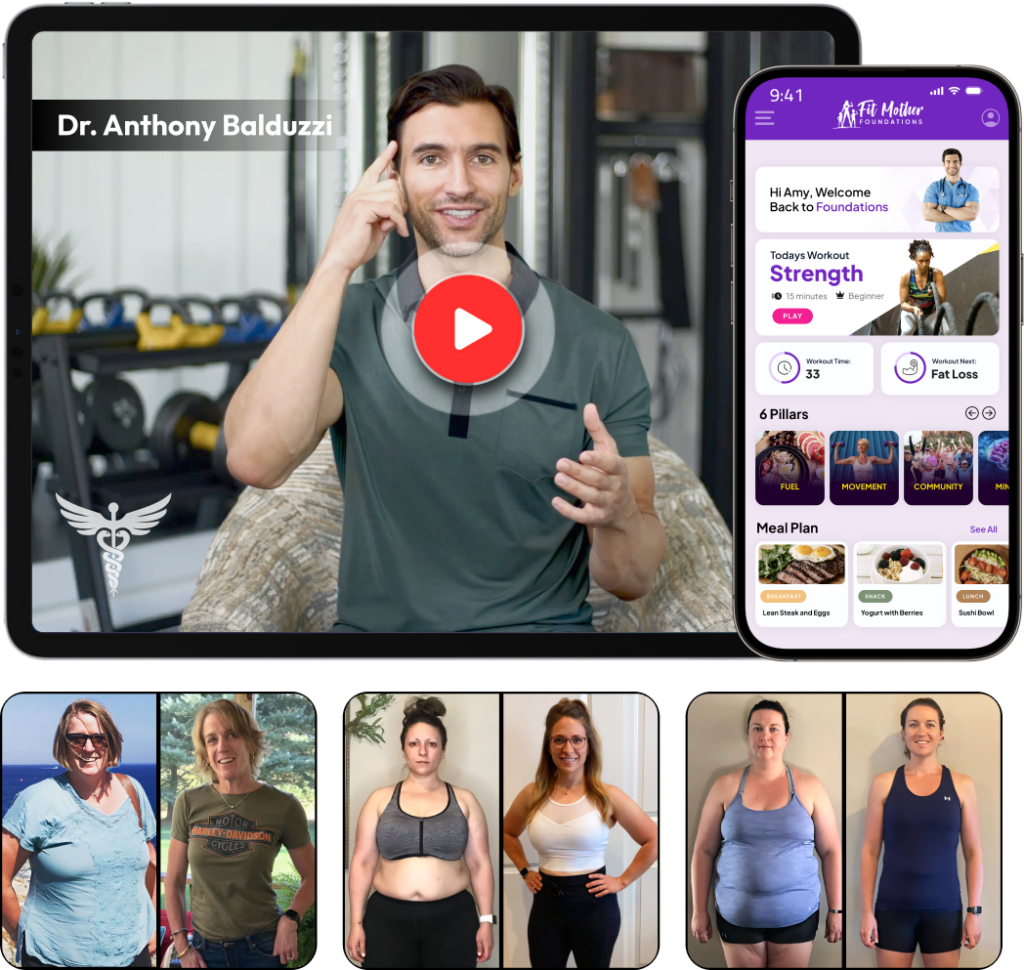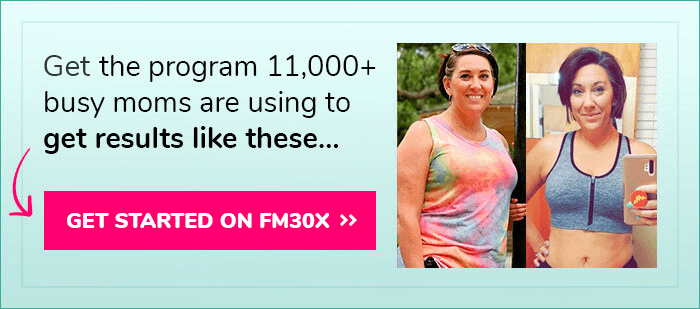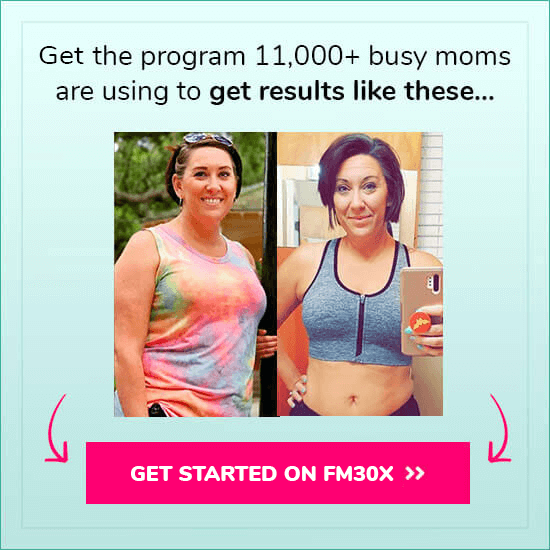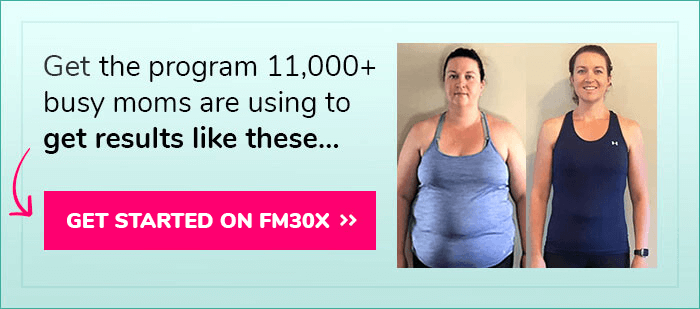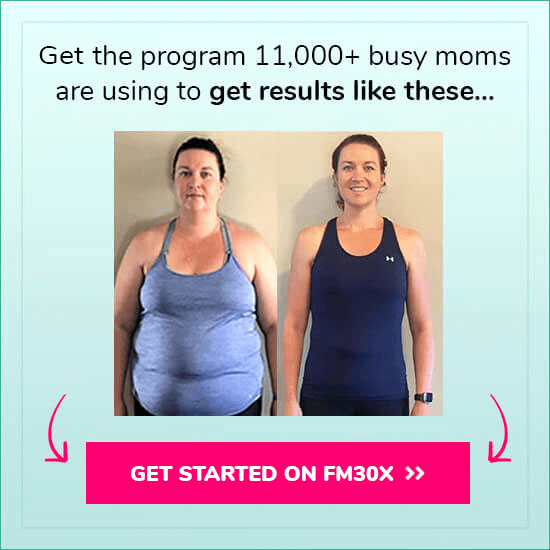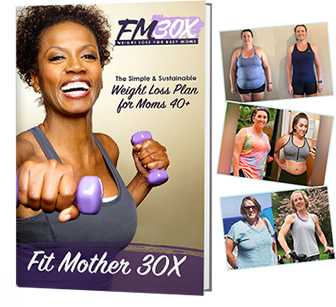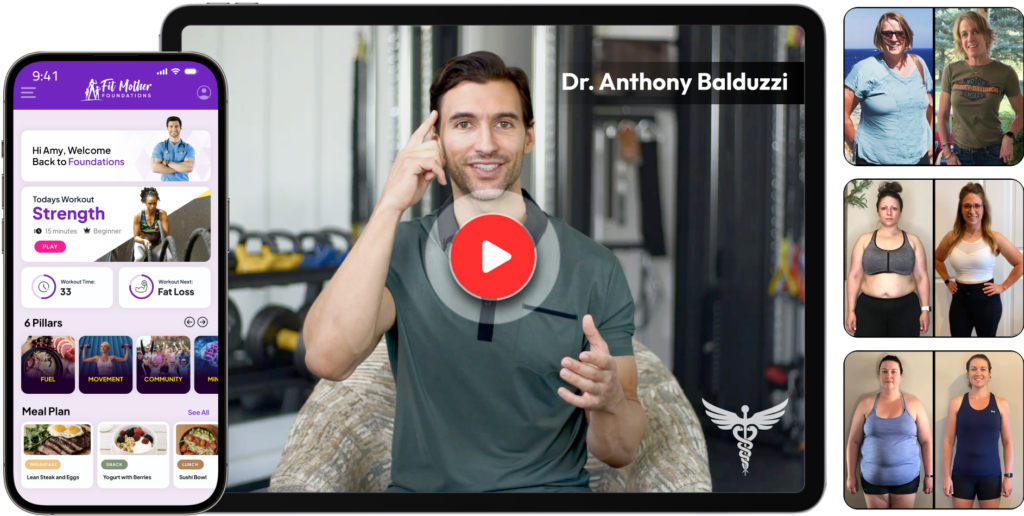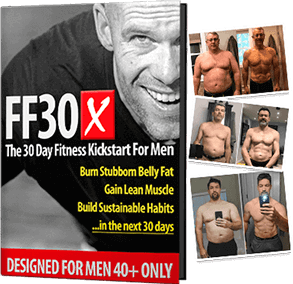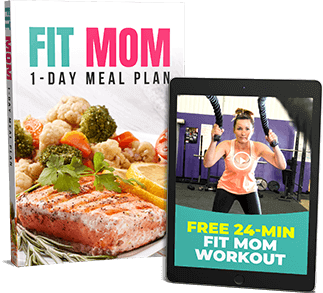If you’re wondering how to lose 50 pounds you’re not alone, as almost 40% of adults in the United States are classified as obese.
Losing that much weight will take time, but it can be done with the right diet and exercise plan.
Make the commitment to reach a healthy weight, know your options, and take small steps at a time to achieve the goal weight and figure of your dreams!
Ready to learn how to lose 50 pounds? Keep reading!
Need more info? Check out our Definitive Guides to Healthy Eating and Workouts for Women!
In just 6-weeks on our FOUNDATIONS Program, you'll transform your health and body, for the rest of your life!Join our 6-Week Program...
You'll Gain Health for Life!
How Long Does it Take to Lose 50 Pounds?
The answer to the question “how long does it take to lose 50 pounds” isn’t entirely cut and dry, but if you have 50 pounds or more to drop the weight should come off fairly quickly at first.
A normal healthy rate of weight loss is 1-2 pounds per week but you might drop weight faster than this depending on how many calories you cut.
For example, if you normally eat 3,000 calories per day, reducing your intake to 1,500 calories daily may help you achieve a weight loss of 3 pounds per week initially.
As you begin shedding pounds, weight loss may taper off and slow to a rate of 1-2 pounds per week.
This slow but steady weight loss is most effective for long-term success, according to the Centers for Disease Control and Prevention (CDC).
Expect a 50-pound weight loss to take about 6-12 months.
If you’re at high risk of an obesity-related health condition, ask your doctor about a medically supervised very low-calorie diet (VLCD) containing just 800 calories or less per day.
VLCDs can help you drop about 3-5 pounds per week to lose 50 pounds over the course of several months.
But because of side effects that can result from following VLCDs for long time periods, medical supervision from your doctor is encouraged and these diets are not long-term solutions.
If you are preparing to lose weight, find out what you can do to set realistic losing weight expectations!
The Benefits of Slow vs Rapid Weight Loss
Pros and cons exist for both rapid and slow weight loss when you have 50 pounds or more to lose.
Rapid Weight Loss
A study published 2017 in the International Journal of Endocrinology and Metabolism found that compared with slow weight loss, rapid weight loss leads to more significant improvements in:
- LDL cholesterol
- Fasting blood sugar
- Insulin resistance
- Insulin sensitivity
If you’re at high risk of an obesity-related health complication, rapid weight loss may be the best way to reduce your risk of developing diabetes or heart problems in the near future.
But researchers also found that fast weight is also associated with decreases in total body water, lean body mass, and metabolic rates.
Slow Weight Loss
The researchers who conducted the study in the International Journal of Endocrinology and Metabolism found that slow weight loss led to greater improvements in:
- Waist circumference
- Hip circumference
- Body fat percentage
So if you're seeking a leaner body and a better chance of maintaining lost weight long term, slower weight loss appears to be your best bet.
In just 6-weeks on our FOUNDATIONS Program, you'll transform your health and body, for the rest of your life!Join our 6-Week Program...
You'll Gain Health for Life!
Research-Backed Weight Loss Strategies for Obese Adults
Numerous studies show that certain lifestyle factors increase the risk of long-term weight loss success in obese adults:
Effective Weight Loss Strategies
Several studies identify factors that increase the chance of weight loss success in obese adults with a lot of weight to lose.
A study published in the Journal of the American Association of Nurse Practitioners found that lifestyle habits associated with successful weight loss include:
- Modifying food intake
- Exercising 60 minutes daily
- Eating breakfast every day
- Regular weigh-ins
- Watching less than 10 hours of television weekly
- Participating in a weight loss program
A study in the American Journal of Preventive Medicine found that taking prescription weight loss medications also appears to be an effective weight-loss strategy in obese adults.
Ineffective Weight Loss Aids
Not all rapid weight loss plans or commercial diet products are necessary (or effective) for long-term weight loss when you have 50 pounds to lose.
For example, a study in the American Journal of Preventive Medicine found that the following diet products were NOT effective long-term weight loss strategies:
- Over-the-counter diet pills
- Liquid diets
- Popular fad diets
Fad diets are diets that may work well for rapid weight loss but aren’t safe or effective for long-term success.
These diets might severely restrict calories or macronutrients, and are difficult to maintain indefinitely.
Well-balanced diets are usually best for keeping lost weight off for life!
Ways to Maintain Lost Weight
Weight loss maintenance is also a concern when losing a large amount of weight, as weight regain is common – especially after rapid weight loss.
A study published in Diabetes, Metabolic Syndrome, and Obesity found that the following factors are associated with long-term weight loss maintenance:
- Face-to-face or web-based interventions
- Taking certain medications
- Physical activity
- A low-calorie or low-fat diet
- Eating breakfast regularly
- Low levels of depression
- Confidence about weight loss
- Long-term self-help groups
Ask your doctor if taking certain medications can enhance weight loss or increase your chance of maintaining lost weight.
Examples include appetite suppressants, thyroid medication for thyroid disorders, or hormone replacement for hormone imbalance associated with aging.
Try these 5 tips for keeping weight off after weight loss!
Realistic Goal Setting Strategies
Losing 50 pounds is a realistic weight loss goal if you’re 50 pounds or more overweight, but setting smaller goals along the way helps boost your chance of success.
A study published in the Journal of the American Association of Nurse Practitioners found that a realistic initial weight loss goal is 5-15% of your body weight, or 10-30 pounds for a 200-pound adult.
After maintaining this weight loss for a time period, set a goal of losing another 5-15% of your body weight.
Bariatric Surgery: Pros and Cons
If you have a large amount of weight to lose and you haven’t had success with diet and exercise programs in the past, ask your doctor if bariatric surgery (weight loss surgery) is a good match for you.
A review published in the Journal of the American Medical Association found that bariatric surgical procedures result in greater weight loss than non-surgical treatments in obese adults.
These surgeries alter your digestive tract in some way, such as making your stomach smaller to decrease appetite, boost satiety, and lower your risk of overeating.
However, there are risks associated with any surgery and the same holds true for weight loss surgery.
Your doctor can let you know more about the risks and benefits and if you’re a good candidate for it.
In just 6-weeks on our FOUNDATIONS Program, you'll transform your health and body, for the rest of your life!Join our 6-Week Program...
You'll Gain Health for Life!
How to Lose 50 Pounds: Tips to Make Weight Loss Successful
Regardless of how much weight you’re trying to lose, following the tips and tricks below can make weight loss easier:
Set Weight Loss Goals
A good starting weight loss goal is to drop about 10% of your initial body weight.
If you weigh 200 pounds, aim for a weight loss goal of 20 pounds initially and reassess your weight loss strategy after that.
Aim to drop about 2 pounds per week by lowering your current intake by 1,000 calories per day.
Learn to effectively achieve your goals by starting to simplify your weight loss journey!
Weigh Yourself Daily
Weigh yourself daily to increase your chance of long-term weight loss.
Studies show that doing so is an effective strategy and more effective for weight loss than less frequent weigh-ins.
Step on the scale at the same time each day, preferably when you first wake up each morning, and record your results!
Keep a Food Journal
Studies show that recording food intake in a journal helps control calories for effective weight loss.
Track the foods you eat with the corresponding portion sizes by writing it down in your journal, using a calorie-counting app, or trying an online nutrition database, such as the USDA’s free food composition database.
Calorie counting aids in weight loss, but you don't have to track calories for a food journal to be effective.
Complete Fat-Burning Workouts
Fat-burning workouts are crucial for weight loss success and long-term weight loss maintenance.
These workouts, such as high-intensity interval training (HIIT), long continuous cardiovascular exercise (lasting at least 45 minutes), or circuit training, help reduce inches around your waist and increase muscle definition to achieve a more desirable physique.
Learn how to lose weight and burn fat fast with this at-home workout for women!
Track Waist Measurements
If you begin a new workout routine and build muscle mass, weight loss might not be as fast as you'd expect, at least initially.
But tracking waist circumference (and hip, arm, and thigh circumference) gives you a good indication of whether you’re burning fat in addition to boosting muscle.
To achieve optimal health, aim for a waist measurement of 35 inches or less for women.
Increase Water, Coffee, or Tea
Increasing your water intake keeps you full without the extra calories and aids in weight loss.
Black coffee and unsweetened tea count too!
In fact, caffeinated drinks may enhance weight loss.
Caffeine increases energy, your metabolism, and fat-burning.
The National Institutes of Health suggest it’s safe for most adults to consume up to 400-500 milligrams of caffeine daily.
Drink coffee or tea when you’re feeling sluggish and drink 2 cups of water before meals to help you eat fewer calories.
Drink 2-4 cups of water when you first wake up each morning as well.
A fluid intake goal for most women is at least 12 cups daily.
Check out these tips on the best times to drink water, and when you should actually avoid drinking too much water.
Reduce Calories
If you’re wondering how to lose 50 pounds, reduce your energy intake to 1,200 to 1,500 calories per day.
Consume 4-6 small meals or snacks, depending on your meal plan.
You might try three 350-calorie meals plus two 150-calorie snacks or choose four or five small 300-calorie meals daily to meet your 50-pound weight loss goal.
Eat Breakfast Regularly
Studies show that eating breakfast daily enhances weight loss in obese adults.
Eat a small breakfast that’s well-balanced and rich in protein, fiber, and heart-healthy fat.
Examples include:
- Egg and spinach quiche with fruit
- A vegetable omelet with avocados
- Egg, avocado, and quinoa
- A protein shake mixed with plant milk and fruit
- Oatmeal with uncured turkey bacon and Greek yogurt
- Low-fat cottage cheese plus fruit and nuts
Healthy breakfast options are endless.
Aim to limit your breakfast intake to about 250-350 calories depending on your meal plan.
Divide Your Plate
When losing 50 pounds is your goal, divide each plate into fourths and fill it up according to the following guidelines:
- About half of your plate is non-starchy vegetables
- One-fourth of your plate is protein foods
- One-fourth of your plate contains fiber-rich starches
- Add healthy fats (oils, avocados, nuts, etc.) to each plate
- Eat 2-3 servings of dairy foods or plant milk daily
- Consume 1 -1 1/2 cups of fruit daily
Non-starchy veggies are lower in carbs and include leafy greens, cucumbers, tomatoes, and bell peppers just to name a few.
Starchy foods are corn, peas, potatoes, beans, and whole grains.
Choose healthy proteins, such as chicken, fish, seafood, eggs, and tofu or seitan.
Sit Less
Being sedentary increases your risk of obesity and other chronic diseases and can drastically hinder weight loss.
Even if you work out daily, avoid sitting for long time periods the rest of the day to drop 50 pounds.
Try a sit-stand computer desk, limit TV and other screen time, and take regular walk or stair-climbing breaks during the day.
Increase movement throughout the entire day by grocery shopping, doing house chores and yard work, or practicing outdoor sports with your kids.
Is sitting the new smoking? Learn about the negative effects of sitting and how to reverse them!
Enlist Social Support
Weight loss can be difficult on your own.
In fact, studies show that support from family and friends and health coaching can enhance weight loss in overweight and obese adults.
If you suffer from depression, anxiety, or another mental health disorder that prevents you from dropping weight, ask your doctor about treatment options that might include medications, counseling, social support, or self-help groups.
Fit Mother Project is the first sustainable health & weight loss program designed exclusively for busy mothers just like you... FM30X is the first sustainable weight loss program designed exclusively for *busy* mothers like you... JOIN OUR fit
mother
PROGRAM (FM30X)JOIN OUR FIT MOTHER 30X PROGRAM
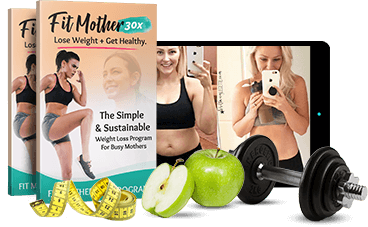
Join FM30X
Joining an organized weight loss program with proven success is one of the best ways to lose 50 pounds and keep it off for life.
The Fit Mother Project 30X (FM30X) offers the following research-backed components:
- Social support from a fit mom community
- Health coaching from medical experts
- Custom meal plans, menus, and recipes
- Fat-burning workouts
- Weight maintenance plans and support
- Weekly newsletters
- Much more
Try the free Fit Mom Jumpstart today! You’ll receive the tools and support needed to get started on a 50-pound weight loss journey free of charge!
What do you have to lose?
Erin Coleman is a registered and licensed dietitian with over 15 years of freelance writing experience. She graduated with her Bachelor of Science degree in nutritional science from the University of Wisconsin-Madison, and completed her dietetic internship at Viterbo University in La Crosse, Wisconsin. Prior to beginning her career in medical content writing, Erin worked as Health Educator for the University of Wisconsin-Madison Department of Internal Medicine. Her published work appears on hundreds of health and fitness websites, and she’s currently working on publishing her first book! Erin is a wife, and a Mom to two beautiful children.
Fit Mother Project is the answer you’ve been looking for. Inside the program, you’ll receive: Our Fit Mother 30X Program (FM30X) is the answer you’ve been looking for. Inside FM30X, you’ll receive: The FOUNDATIONS Program is created by Dr. Anthony Balduzzi for Women 40+ who want Lifelong Health. In just 6-Weeks following FOUNDATIONS, you'll experience: FOUNDATIONS has transformed 60,000 lives! Are you ready to experience true lasting health & results?If you’re a busy mom who wants to finally lose weight,
get healthy, and actually keep the pounds off for good,
this is the simple program you’ll love sticking to…
If you’re a busy mom who wants to finally lose weight,
get healthy, and actually keep the pounds off for good,
this is the simple program you’ll love sticking to…
LEARN MORE ABOUT FM30X »
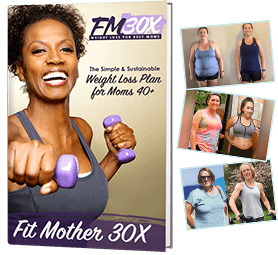
Learn More About FM30X

Join our 6-Week Doctor Designed Health Program.
You'll Gain Foundational Health for the Rest of Life.
*Please know that weight loss results & health changes/improvements vary from individual to individual; you may not achieve similar results. Always consult with your doctor before making health decisions. This is not medical advice – simply very well-researched info on how to lose 50 pounds.


